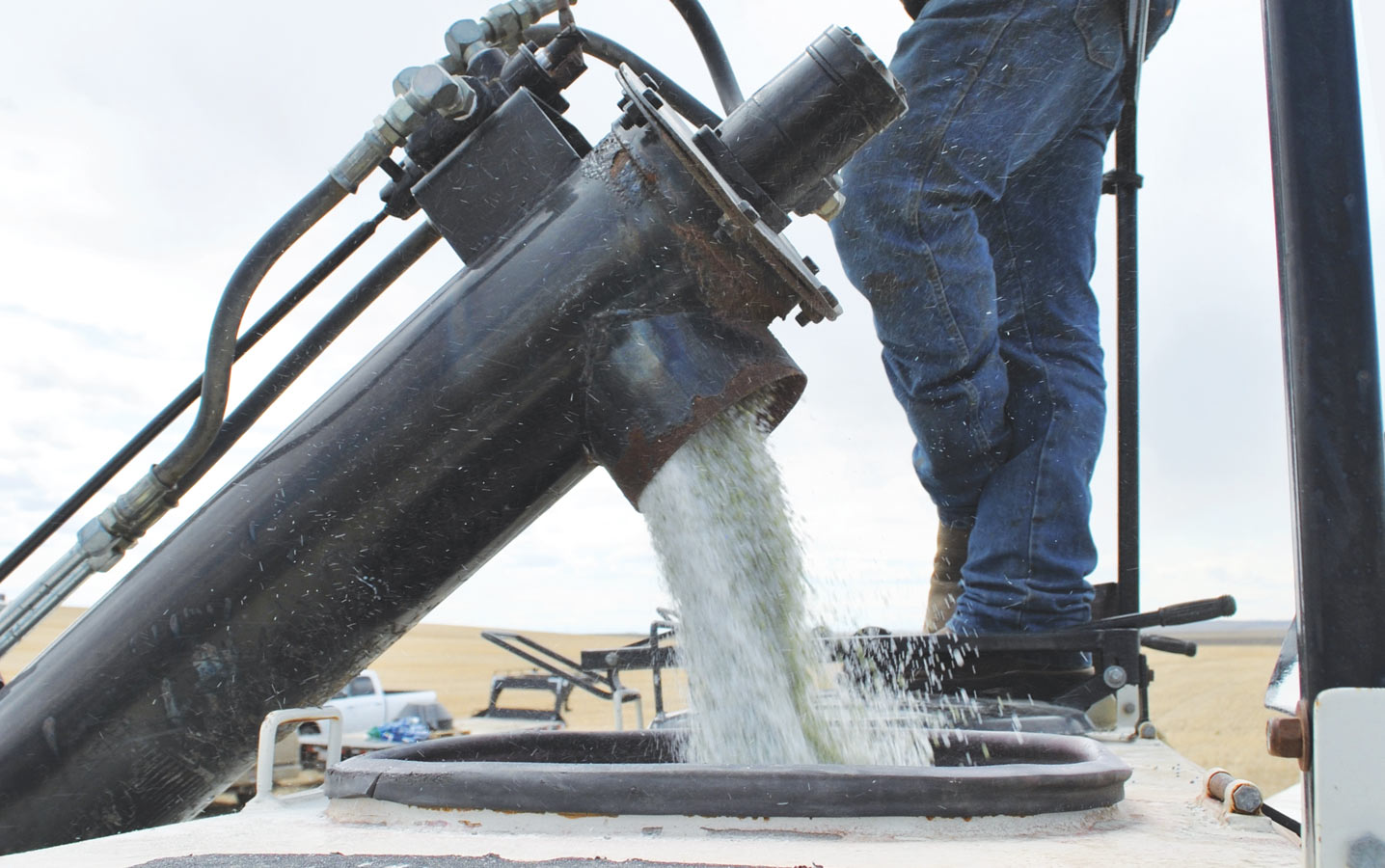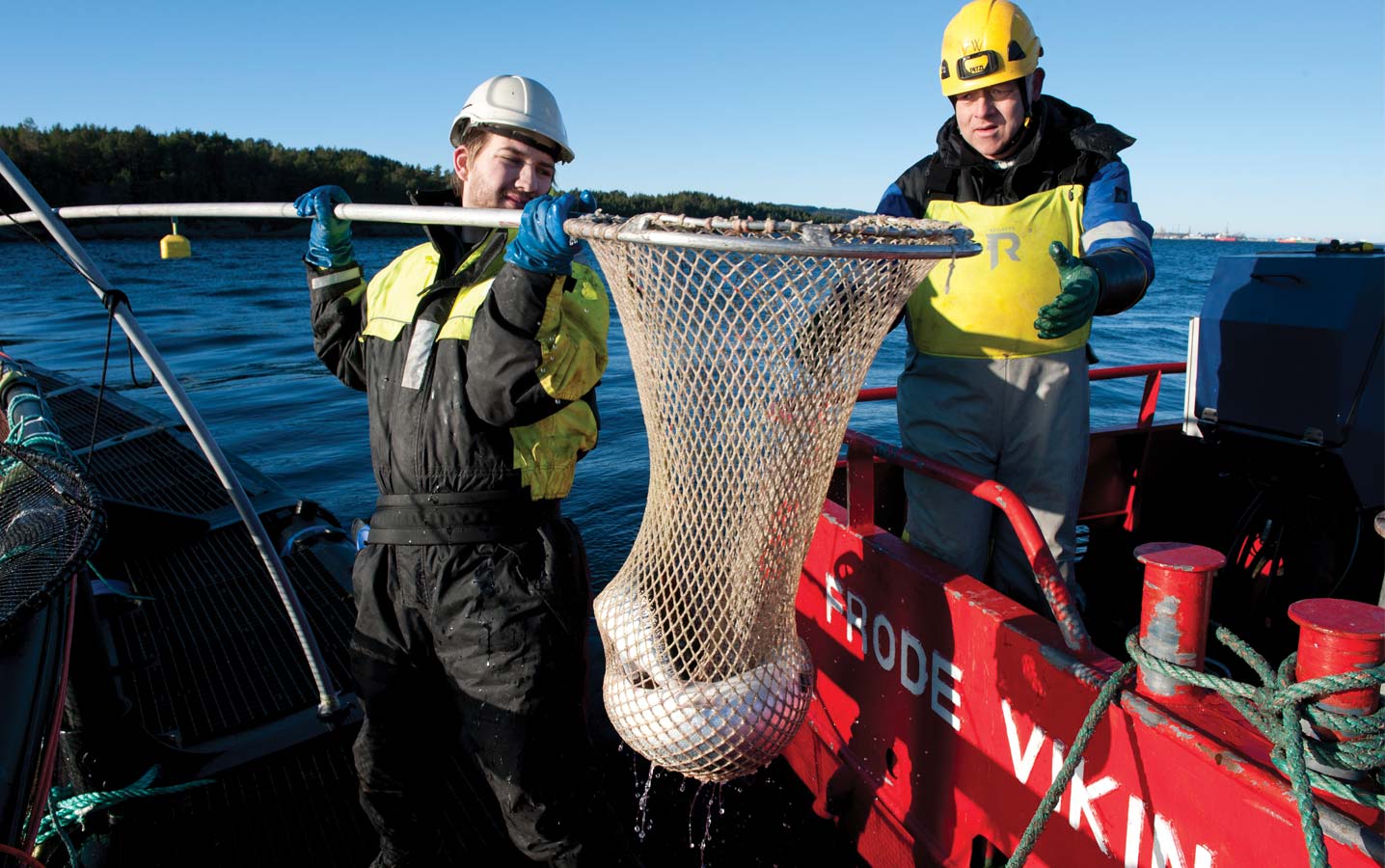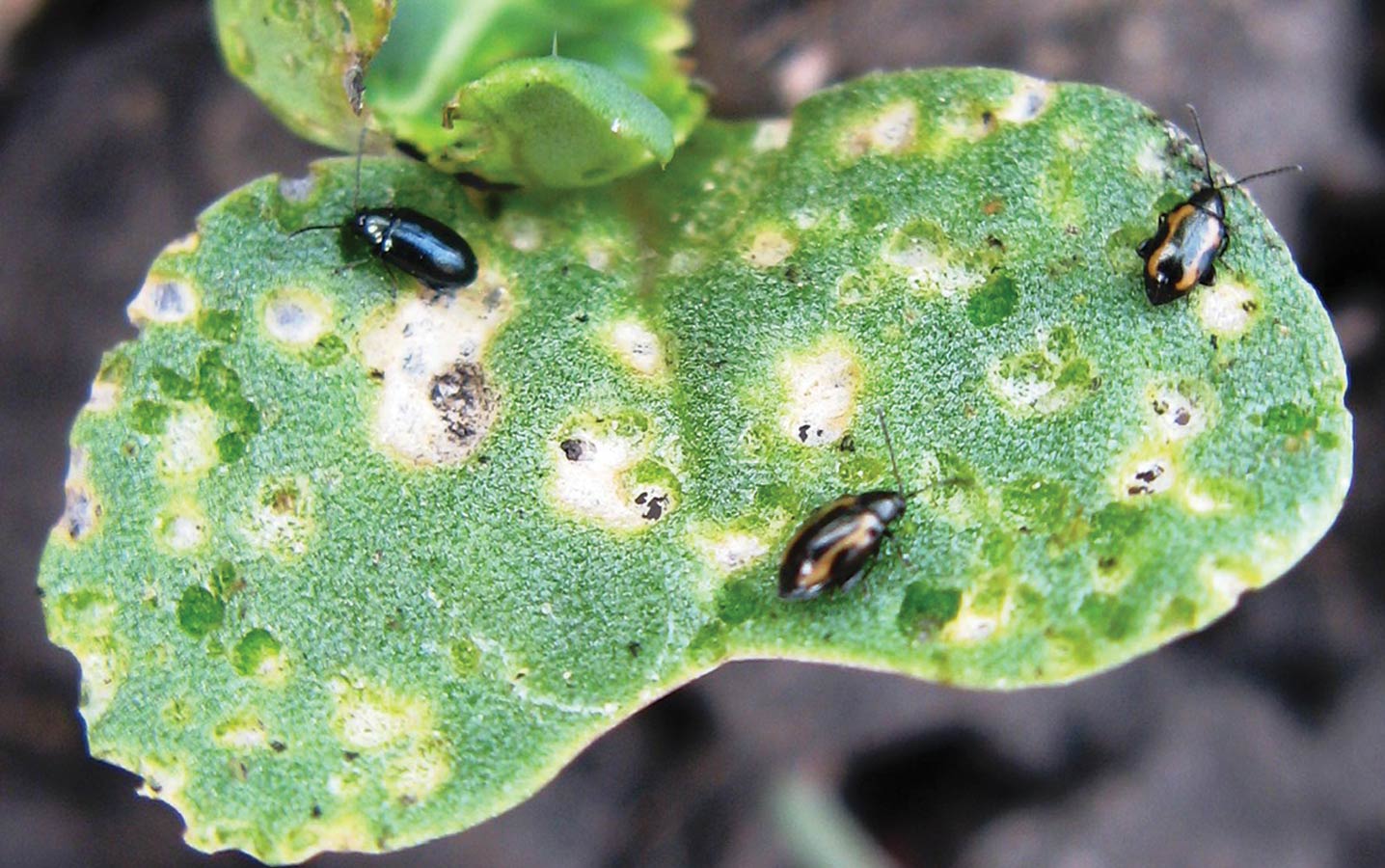Feature
What fertilizer practices are the worst for losses?

Crop fertilizer specialists from across the Prairies describe the worst scenarios for loss and recommend better alternatives or ways that enhanced-efficiency products might help.

Crop fertilizer specialists from across the Prairies describe the worst scenarios for loss and recommend better alternatives or ways that enhanced-efficiency products might help.

With the rise in aquaculture, sustainability requires an alternative to feeding fish to fish. Cargill’s Latitude canola-based fish oil provides a solution.

Canola Digest asked four farmers what ag innovations they think could make an immediate positive impact on their operations.

Tips and tools from the Canola Council of Canada Agronomy Team

Farm Credit Canada is the first Canadian company certified through Ag Data Transparent, a program based on data principles established by the American Farm Bureau Federation.